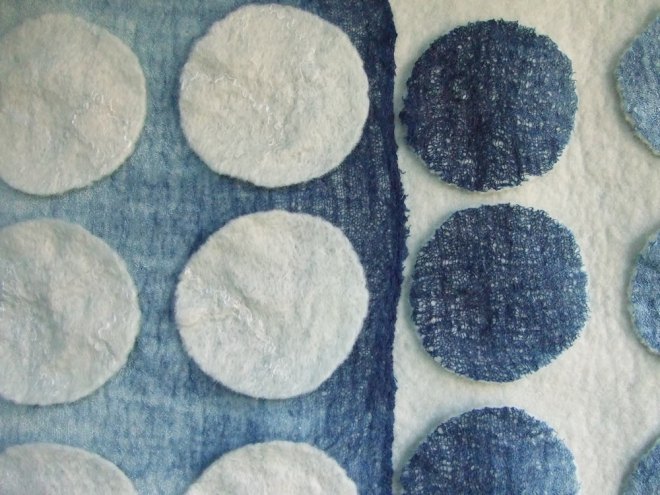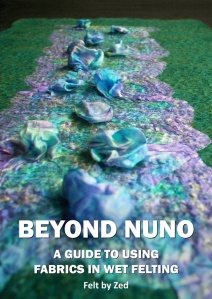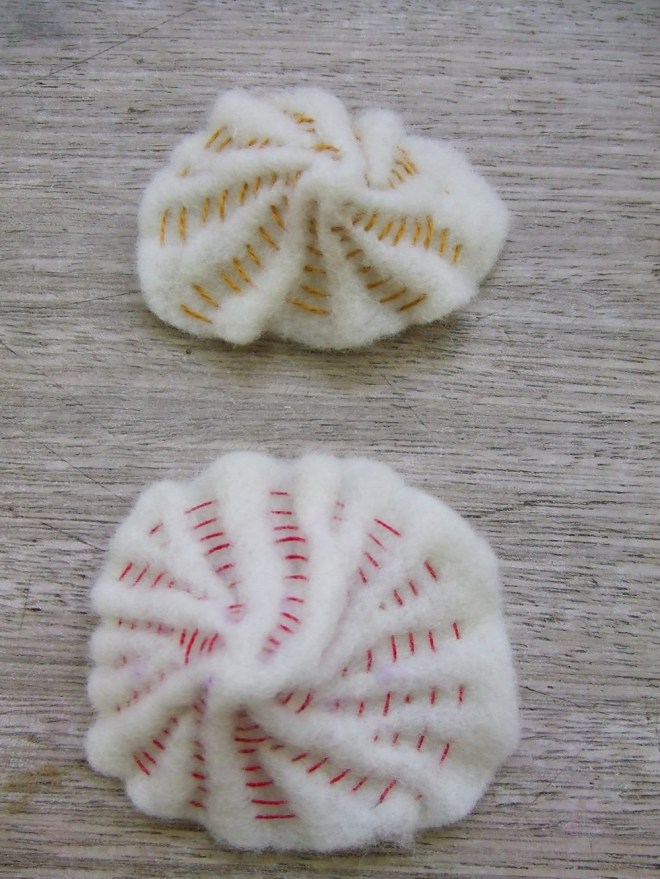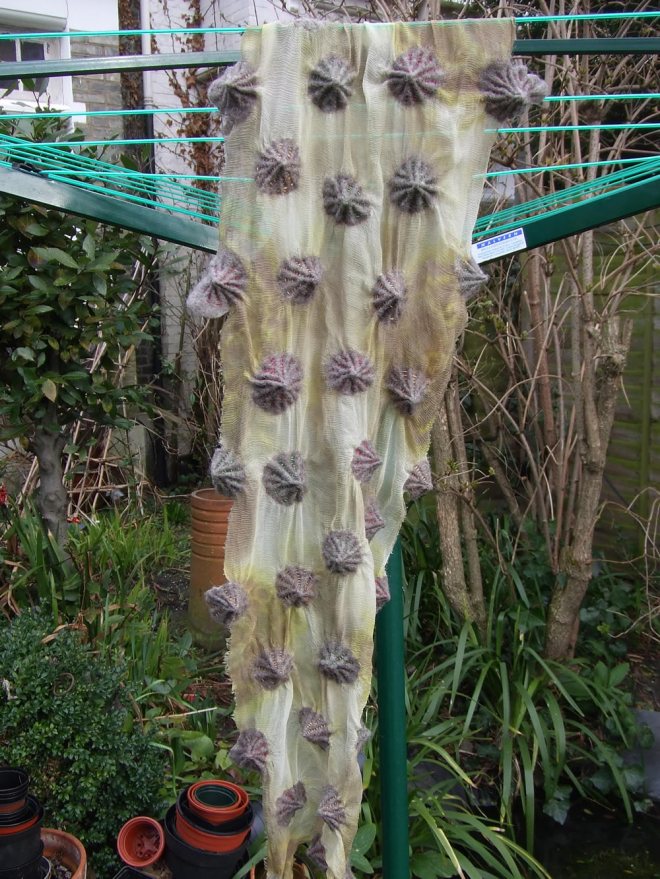There’s a wonderful exhibition of Georgia O’Keeffe’s work at Tate Modern at the moment. She is best known for her flower paintings, which are indeed wonderful – you can almost feel the blossoms unfurling before your eyes, the strong lines offset by gorgeously subtle colour gradations.
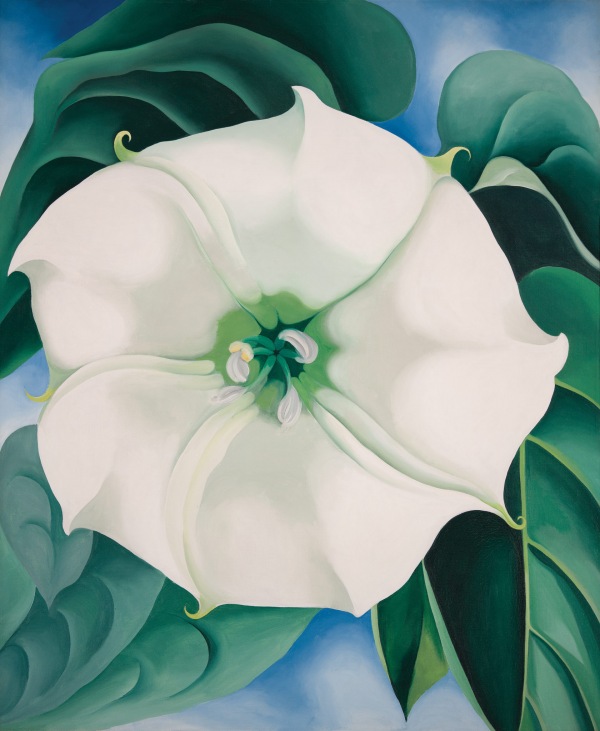
(Interestingly, O’Keeffe always denied the interpretation that her flowers were representations of the female body. This idea came from her husband, photographer and gallerist Alfred Stieglitz, who tellingly wrote: “Woman feels the World differently than Man feels it….The Woman receives the World through her Womb. That is her deepest feeling. Mind comes second.” OK, this was written in 1919, but some might say that attitudes towards women artists (or indeed women in general) haven’t changed much since then. 🙂 )
But I digress. One of the new discoveries for me in this exhibition was her charcoal work. Two early pieces, Special No 9 (1915) and No 15 Special (1916-17) seemed to glow on the wall, while her Eagle Claw and Bean Necklace from 1934 just blew me away with its precision.



There are lots of other great works, but in the last room Sky Above the Clouds III (1963) made me think of ombre indigo, which inspired me to try making a nuno felt piece.

I started by making a small sample using ombre indigo dyed cotton scrim topped with natural merino. After making this I wondered how it would look in reverse, so I made another sample with the scrim on top.
I then did a small straw poll on Twitter and Instagram, asking people which version they preferred. As so often happens, opinion was divided! There was probably a small majority in favour of scrim on top – but then one person said that they liked them both and couldn’t I join them together?
So after a bit of re-engineering, here is the final work in progress.
On a larger scale in a portrait format I didn’t think the elliptical shapes would work, so I went for a repeating grid of circles instead, despite misgivings about being able to make them regular enough.
I also added some white tussah silk to the plain white circles for a bit of extra texture, which you can just about see in the detail shot below.
Georgia O’Keeffe runs at Tate Modern until 30 October.



